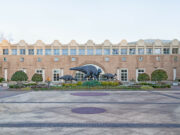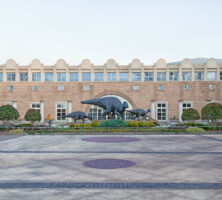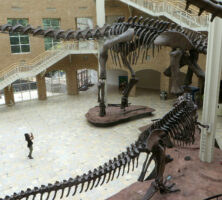Fernbank Museum of Natural History, which opened in 1992, is a museum covering more than 160,000 square feet on the edge of the historic Fernbank Forest in Atlanta. A partner institution of the Fernbank Science Center, which is a unit of the DeKalb County School System, Fernbank Museum of Natural History focuses on programming for the general public, including exhibitions, tours, and IMAX film screenings. Its mission is to promote lifelong learning and to encourage a greater appreciation of the earth and its people.
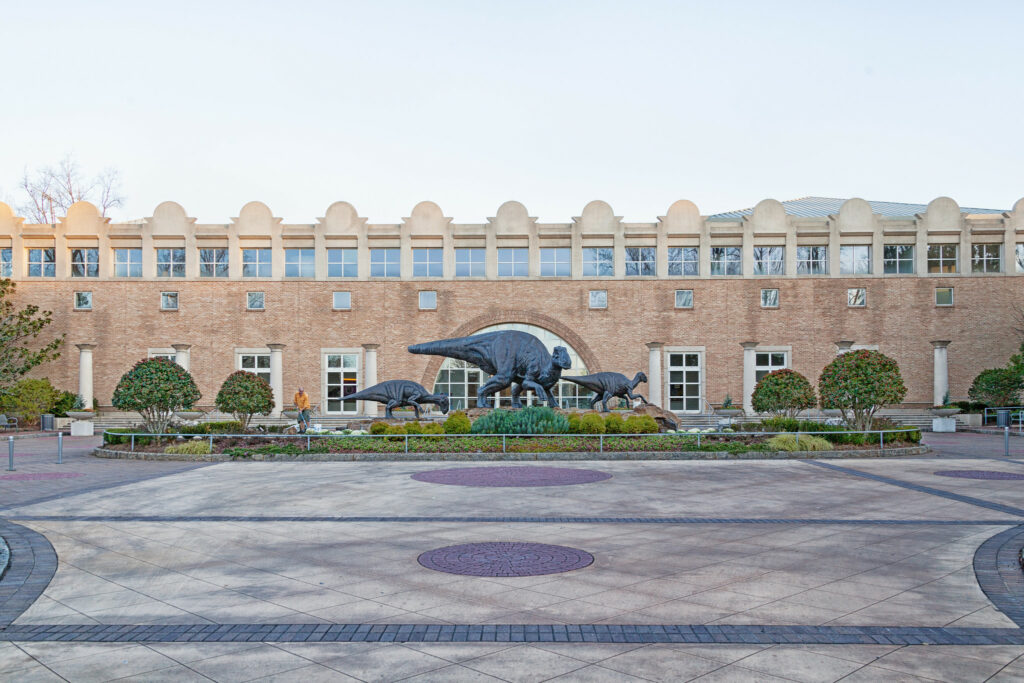
Image from Jeremy Brooks
Permanent exhibitions include A Walk through Time in Georgia, which traces Georgia’s natural history and the development of earth’s geography and environment; Sensing Nature, a hands-on exhibit that simulates natural phenomena; Reflections of Cultures, which consists of more than 500 examples of the decorative arts from various cultural groups; First Georgians, a collection of artifacts from the Paleoindian, Archaic, Woodland, Mississippian, and Historic periods of Native American culture; and World of Shells, which explains how shells are formed and how animals use their shells.
In 2001 Fernbank installed in its atrium Giants of the Mesozoic, which includes reproduced skeletons of the world’s largest dinosaur, Argentinosaurus, and the world’s largest carnivorous dinosaur, Giganotosaurus. The permanent exhibition also contains replicas of two flying reptiles, Pterodaustro and Anhanguera. These displays are modeled on fossils uncovered in Patagonia, Argentina, that date back 90 to 100 million years. Fernbank was the first museum in the world to install full-scale dinosaur skeleton replicas of this magnitude.
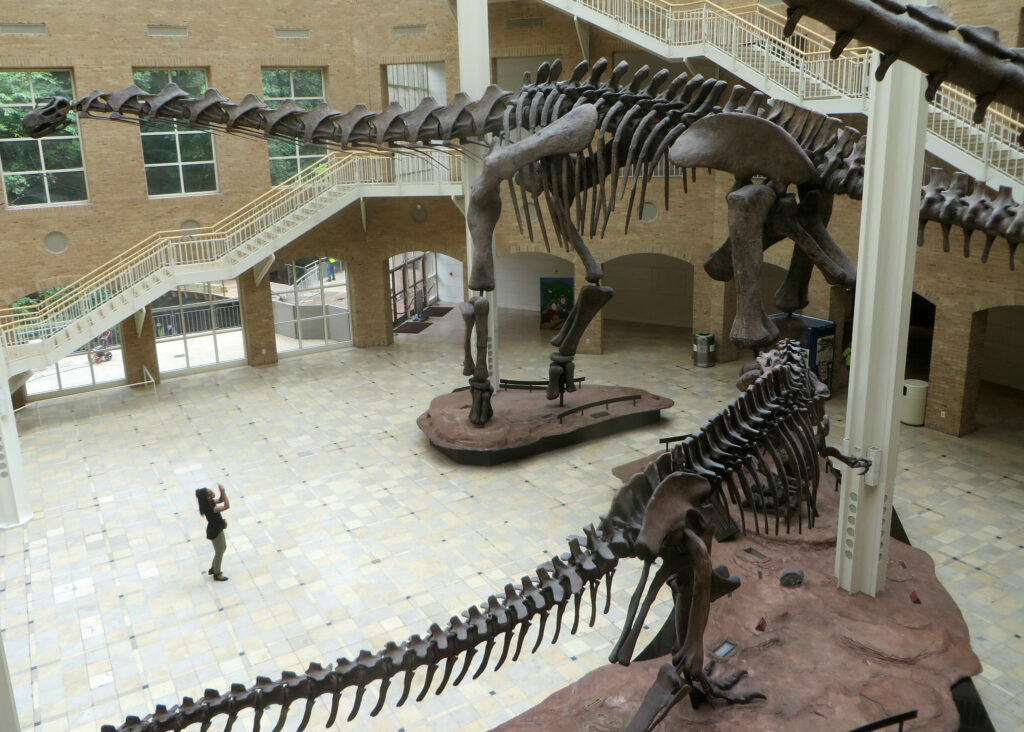
Image from Eden, Janine and Jim
In 2004 Fernbank became home to the St. Catherines Island Foundation and Edward John Noble Foundation Collection. St. Catherines Island is one of the best-documented human history landscapes in the Southeast, and the archaeological collection from the unspoiled barrier island includes evidence of prehistoric human activity along with artifacts from the Mission Santa Catalina de Guale, a Spanish mission that existed from about 1595 until about 1680. Items from the collection are being worked into exhibitions that increase Fernbank’s coverage of Georgia’s Native Americans and their interactions with Spanish explorers during the sixteenth and seventeenth centuries.
Classroom space on the top floor of the museum was converted into the Naturalist Center, which opened in September 2008 with an exhibition gallery and four new rooms in which to hold public programs and events. The center, which added 3,300 square feet to the museum, features interactive exhibits and items from Fernbank’s permanent collections.
In addition to its exhibitions Fernbank includes other special features: the Star Gallery, which uses more than six miles of fiber-optic wires to reproduce the nighttime sky; a teaching area that includes laboratories and computers; a 900-gallon living reef aquarium; the 65-acre Fernbank Forest; the Robert L. Stanton Rose Garden; the Children’s Discovery Rooms; and 40,000 limestone floor tiles that contain fossil remains.
Fernbank also hosts traveling exhibitions. Examples from 2005 include Totems to Turquoise: Native North American Jewelry Arts from the Northwest and Southwest, Southern Wildlands, and Grossology: The (Impolite) Science of the Human Body.


